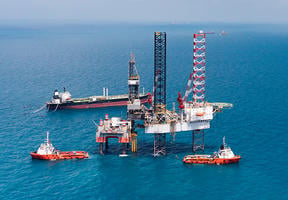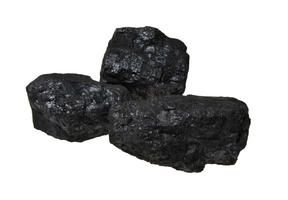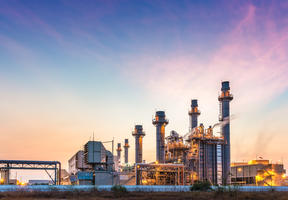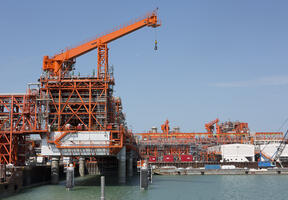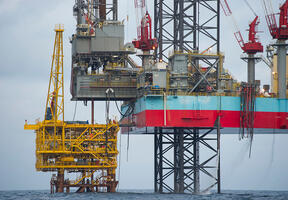Energy Transitions, Societal Transitions
5 min read
Energy sources have grown increasingly diverse from ancient times to the present. These changes have occurred over long periods of time – sometimes centuries – at varying rates across the globe. Energy transitions have always been a fact of life. Each time, they have had a profound impact on human society.
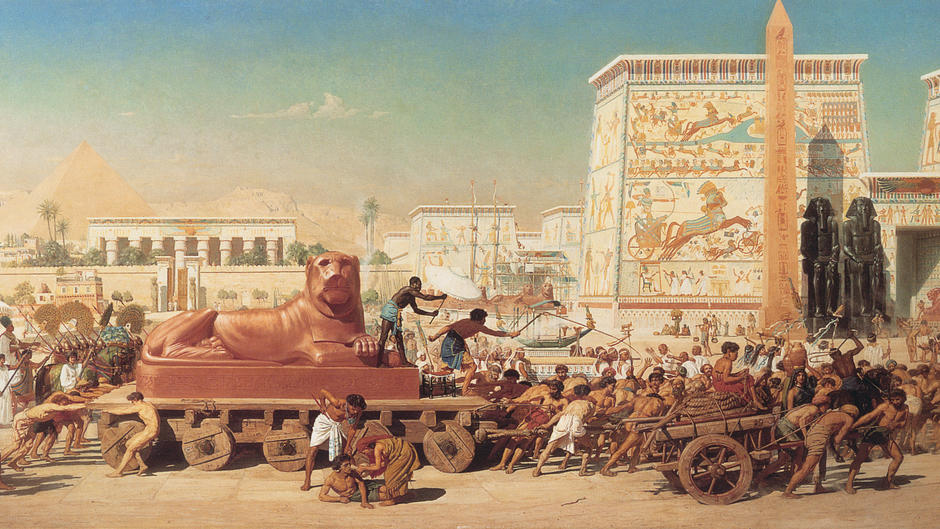
1. Human Energy...
The muscle of men, at times harnessed by force, was the first source of energy. Slavery made it possible for the Egyptian pyramids to be built, gold and silver to be minded by conquistadors in South America, cotton to be grown in the American South and rubber to be produced in Africa and Asia. The arrival of mechanization enabled a slow shift away from hard labor and, today, the development of robotics has heralded a new era. The average human produces around 100 watts of power, compared with 150,000 watts for a locomotive in 1850.
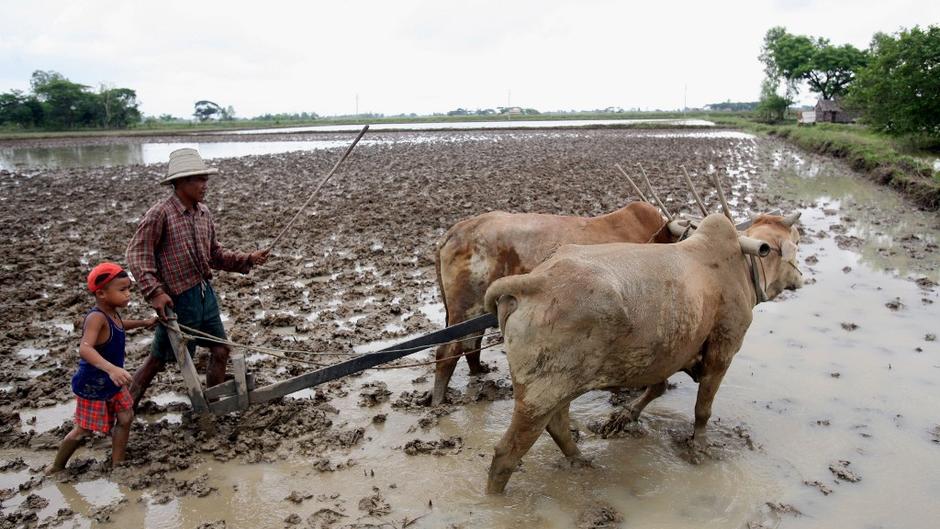
2. … and Animal Energy
Humans have long utilized the energy of horses, oxen, buffaloes and elephants. In Europe, draft animals were essential to farming up until the 1960s. Today, they continue to be used in many parts of the world, especially Asia and Africa. In this photo, a Burmese farmer and his son are shown preparing a rice field in the village of Waw, 130 kilometers northeast of Yangon, formerly known as Rangoon.
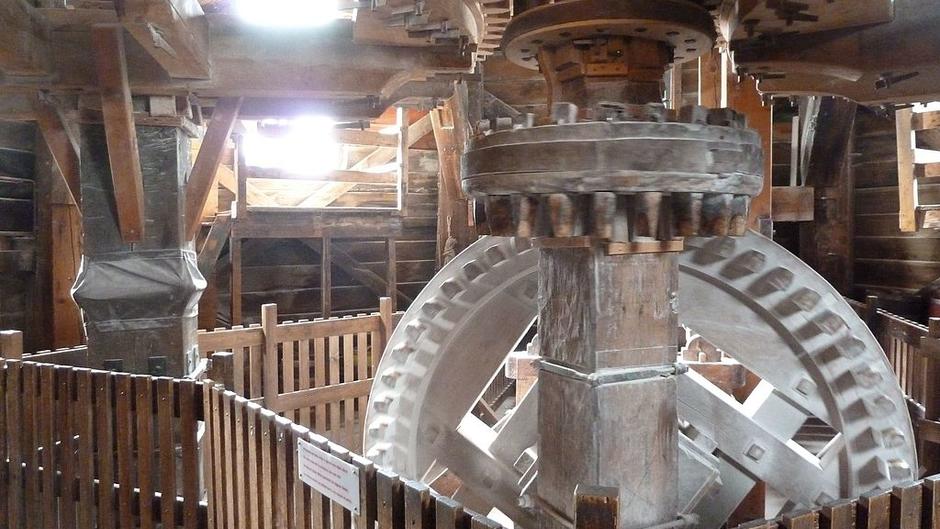
3. Water and Wind
The use of wind and river currents to generate dates back to the invention of mills. In the Middle Ages, mills began to blanket the countryside. They were used to grind grain or crush olives, power saws or drive forge bellows. Today, wind and water generate directly. Nineteenth century engineers such as Benoît Fourneyron, the inventor of the turbine, designed machines whose principles continue to be applied by hydropower plants and wind turbines.

4. The Steam Engine
The steam engine owes its existence to a long series of technological innovations in the 17th century (Denis Papin, France) and 18th century (James Watt, Scotland; Joseph Cugnot, France). Fueled by , which was experiencing burgeoning growth, the steam engine was the major power source of the Industrial Revolution. Thanks to this machine, it was no longer necessary to set up operations near a river or on a hilltop. The new devices were used in factories, mines and transportation. This photo features one of the first locomotives, “Locomotion No. 1”, built by George and Robert Stephenson. The wooden boiler has a door through which coal was fed from the tender.

5. Railroad Development
In 1825, the Stephenson brothers’ “Locomotion No. 1” hauled the first train along the Stockton to Darlington line in County Durham, England (see engraving). More than just a transportation achievement, it acted as a driver for economic and social revolution across Europe and the United States. Bricks and building materials moved from one place to another, bringing change to traditional architectural forms. Agricultural products were shipped from south to north, encouraging the adoption of a monoculture system. Massive labor migration from rural to urban areas intensified, and the way of life became increasingly standardized.
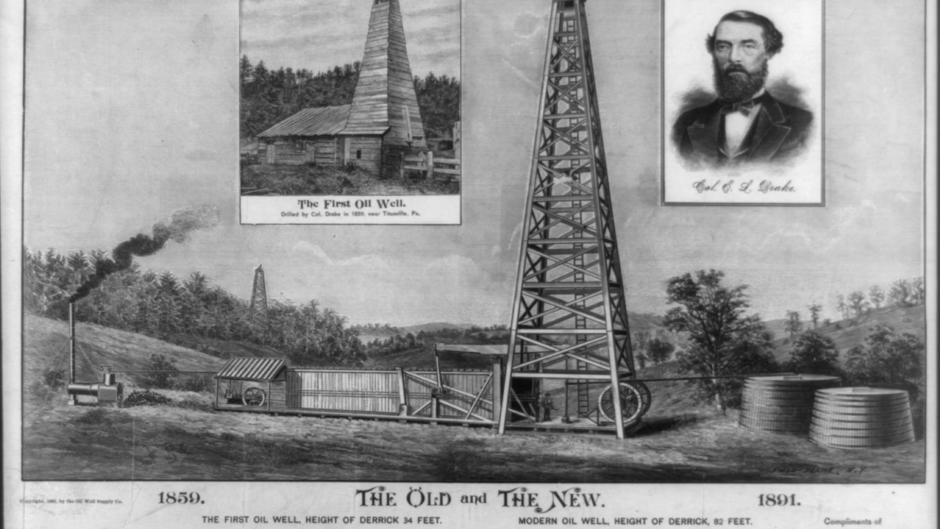
6. The First Oil Well
Edwin Drake, known as Colonel Drake even though he was not a colonel, struck oil along the banks of Oil Creek in Pennsylvania on August 27, 1859. His discovery paved the way for large-scale development of underground deposits. This picture illustrates the change in well design over a period of 30 years. Over time, oil wells were to cover vast areas of North America. Originally used as a source of lighting, oil became a powerful industry as the uses of petroleum multiplied. Oil’s strategic value emerged during World War I, and in the 1920s oil began to develop on a global scale, particularly in the Middle East. Since then, it has been a key driver of economic growth.

7. A Transition Beneficial to Whales…
Two years after the first oil well was drilled, the whale oil industry was in a slump. Whale fat – once used as lamp oil, candle wax and a cosmetics ingredient – was replaced by petroleum. Illuminating gas had already dealt a severe blow to the industry, prompting English fisheries to express their concern in 1817. Kerosene, and later petrochemicals, sounded the death knell of whaling. In this cartoon from 1861, a group of whales in tuxedos and crinoline dresses celebrate the discovery of the black gold that saved their species.

8. The Long History of Electricity
Like the steam engine, a lengthy list of inventors were responsible for the discovery of a new type of – in this case electricity. They included Benjamin Franklin, Alessandro Volta (electric battery – 1799), Ampère and Faraday (electromagnetism – 1820-1830) and Belgian engineer Zénobe Gramme (dynamo – 1868). In 1879, Thomas Edison invented the incandescent light bulb (see examples in the photo). He was also an entrepreneur, with more than 1,000 patents to his name, and the founder of General Electric, a leading corporation still today. In many countries, incandescent light bulbs are being phased out in favor of more efficient light emitting diode lamps (LEDs), illustrating the process of a slow energy transition.

9. Electrons on the Move
The International Electrotechnical Exhibition held in Frankfurt, Germany in 1891 demonstrated the first long-distance transmission of electric power. The 176-kilometer line, comprising 60 metric tons of copper wire 4 millimeters in diameter, followed the tracks of the Lauffen to Frankfurt railway. In this photo, a map on the wall behind the generator shows the route of the transmission line. Today, the European transmission network is the world’s most interconnected power grid, covering 305,000 kilometers of high-voltage power lines across 34 countries. Like the railroad, electricity is a powerful instrument of progress for society.

10. Gasworks, a Fixture of the City Fringes
Gas obtained from wood and later coal had its first commercial applications in the early 1800s, thanks to French and German engineers Philippe Lebon and Frederick Albert Winsor. The advent of gas streetlights helped to make cities safer. Gas was also used for heating and cooking, and even as a motor fuel. In the 1850s, gas was produced in large plants built on the city fringes. Pictured here is the gasworks of Narbonne in 1885, located on Rue de l’Avenir, or “future street”. Starting in the 1930s, manufactured gas was gradually replaced by natural gas extracted from underground deposits.

11. Well-Being, a Notion of Rising Importance
Oil, electricity and coal gas were important to industrial development. They also made people’s lives more comfortable. Advertisements for heating stoves and modern gas and kerosene cooking stoves started to appear in the newspapers. Homes were gradually hooked up to electricity grids and gas networks, as well as to public water and sewer systems. Plaques attesting to this fact were put up on buildings, such as the one shown here on a facade in Arcachon in southwestern France. An urban revolution was underway. It was not until the 1950s that this new notion of comfort spread to the countryside as well.
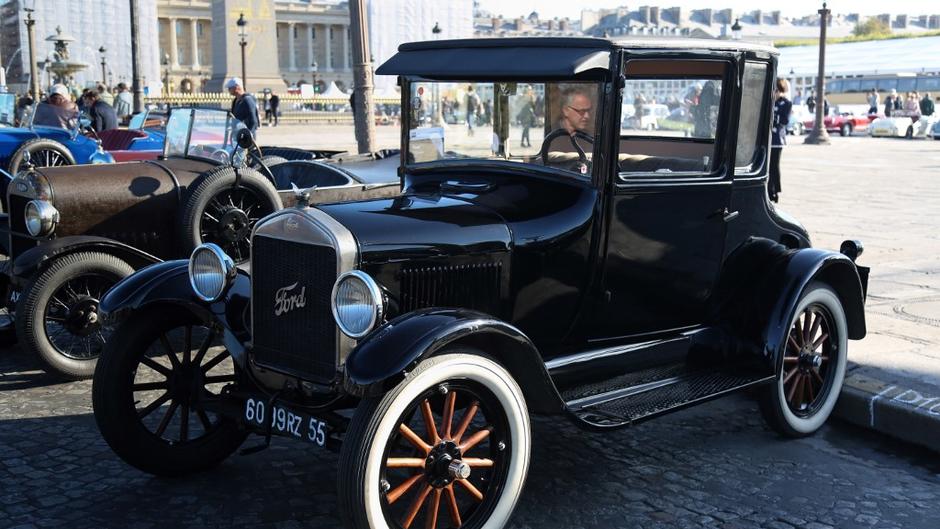
12. 1908: The Automobile Dream Comes True
The birth date of the automobile is generally considered to be 1886, the year when Karl Benz applied for a patent for his four-stroke engine vehicle. But it was not until September 27, 1908 that the modern concept of the car – a mass produced vehicle affordable to the masses – was actually born. On that day, the first Ford Model T (see photo) rolled off the line of Henry Ford’s Avenue Piquette plant in Detroit. But the car was not merely a means of transportation, it was about to become a dream item – and the symbol of consumer society. The number of cars on the world’s roads currently totals one billion.

13. Harnessing Nuclear Energy
On December 2, 1942, beneath the west stands of Stagg Field at the University of Chicago, Italian-born physicist Enrico Fermi directed the first self-sustaining nuclear chain reaction. The Pile 1 reactor led to the development of the first atomic bomb in 1945 and, a few years later, to civil nuclear applications. Pictured here is Enrico Fermi (on the right) and his team unveiling the commemorative plaque on the stadium wall in 1947. Civil nuclear programs gained momentum after the first oil crisis in 1973 but were scaled back following the nuclear power plant accidents at Chernobyl in 1986 and Fukushima in 2011. In 2017, nuclear power accounted for a little more than 10% of the world’s power generation.
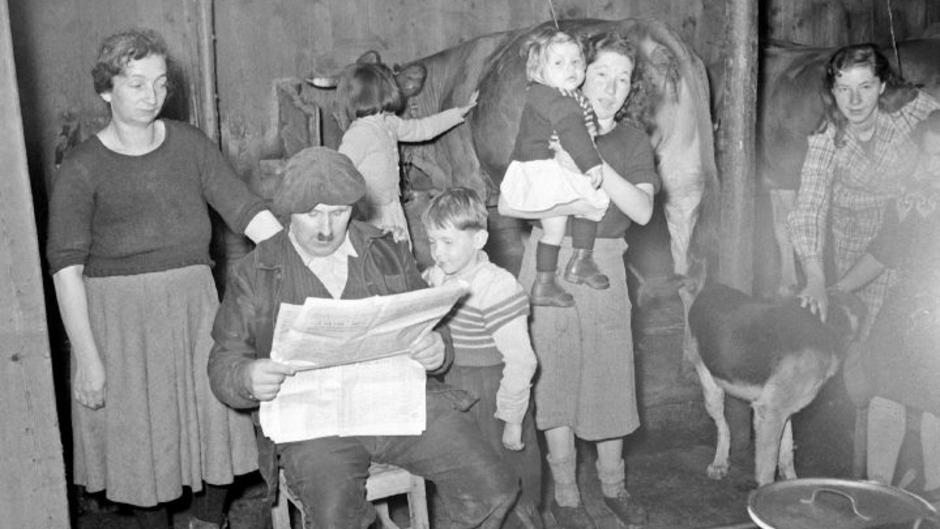
14. White Coal
In 1869, the engineer Aristide Bergès used the penstock technique to capture the energy of a 200-meter fall in the French Alps to power a paper mill. He coined the term “white coal” to describe electricity produced by melting snow. Following World War II, hydropower developed rapidly across Europe, as well as in big developing countries and the Socialist Bloc. Colossal dams, such as the Aswan Dam in Egypt, came to symbolize man’s control of natural resources. The construction of dams often causes environmental damage, whether to the Amazon forest or alpine valleys. In this photo, a farming family is photographed in their stable in 1952 before the village of Tignes disappears under water.

15. Second-Generation Gas
In the 1930s, Italy began for methane in the Po Basin. After World War II, natural gas supplanted gas produced from coal. Since then, it has continued to develop worldwide, both and . technology has made it possible to transport gas from one end of the world to the other. In this photo, is being loaded onto the Al Gattara berthed in the Port of Ras Laffan in Qatar. Many experts consider natural gas to be a bridge between a world dominated by oil and gas and a future. A third era could be on the horizon with the development of , a produced from and waste via methanization (also called digestion).

16. Transition To a Green Economy
The 1970s witnessed a new awareness of the need for of the planet. Today, potential resource and the impact of human activity on are regularly discussed at scientific roundtables and international summits. The goal is to reduce greenhouse gas emissions produced by the burning of fossil fuels, which in any event are finite resources. In December 2015, a universal climate agreement was signed in Paris, 18 years after the first . Every year, countries around the world meet to discuss – sometimes heatedly – how to implement the accord. Pictured here is the Arc de Triomphe in Paris, lit up in green.
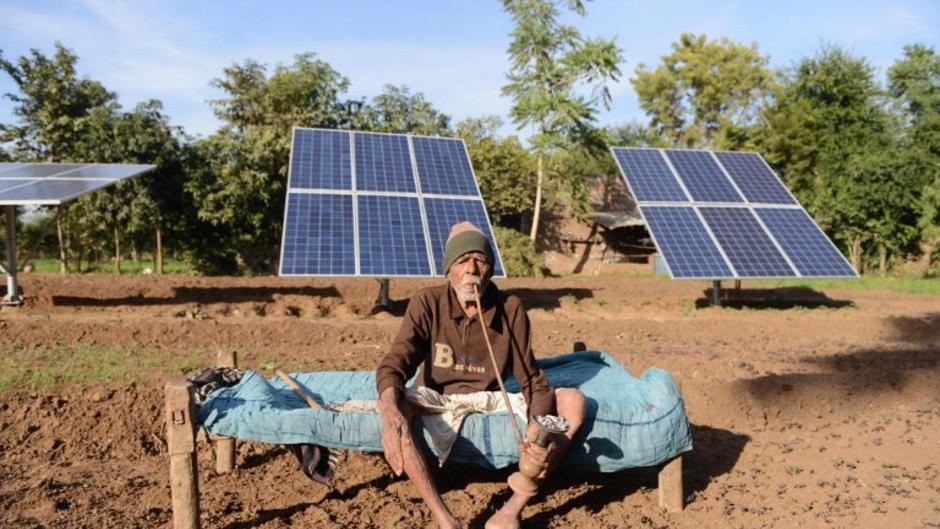
17. Local Renewable Energy Projects
The effort to reduce greenhouse gas emissions has boosted interest in biomass, wind and solar as ways to produce renewable energy. In addition to being harvested on a massive scale, these resources (especially solar photovoltaics) can also be used to generate electricity locally in order to supplement the main grid, which gets its electricity from large thermal or hydropower plants. This enables remote villages to have easier access to electricity. An Indian farmer from the village of Dhundi, 90 kilometers from Ahmedabad, is shown here sitting on his charpoy in front of a solar installation used primarily for irrigation.
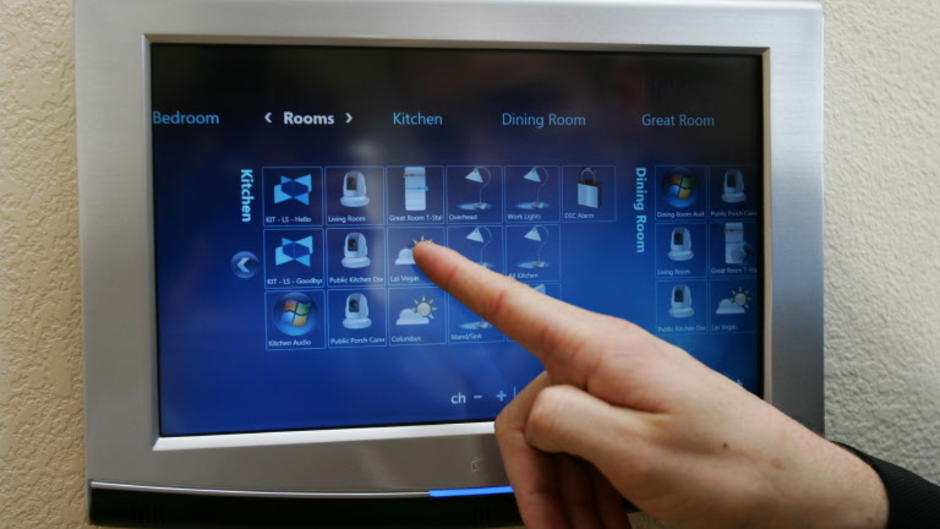
18. The Big Data Revolution
New digital technologies underpin every major development in the field of energy. Vast amounts of digital data are gathered and analyzed in every sector, whether it be production, thermal power, electric power transmission, domestic heating or urban transportation. Big data is crucial to enhancing . Consumers have grown accustomed to these technologies thanks to their smart phones and tablets. Pictured here is a touch screen that allows families to control the lighting and temperature in each room of their home, not to mention adjust the TV volume and monitor the security system.
 Our most popular content
Our most popular content
See all


